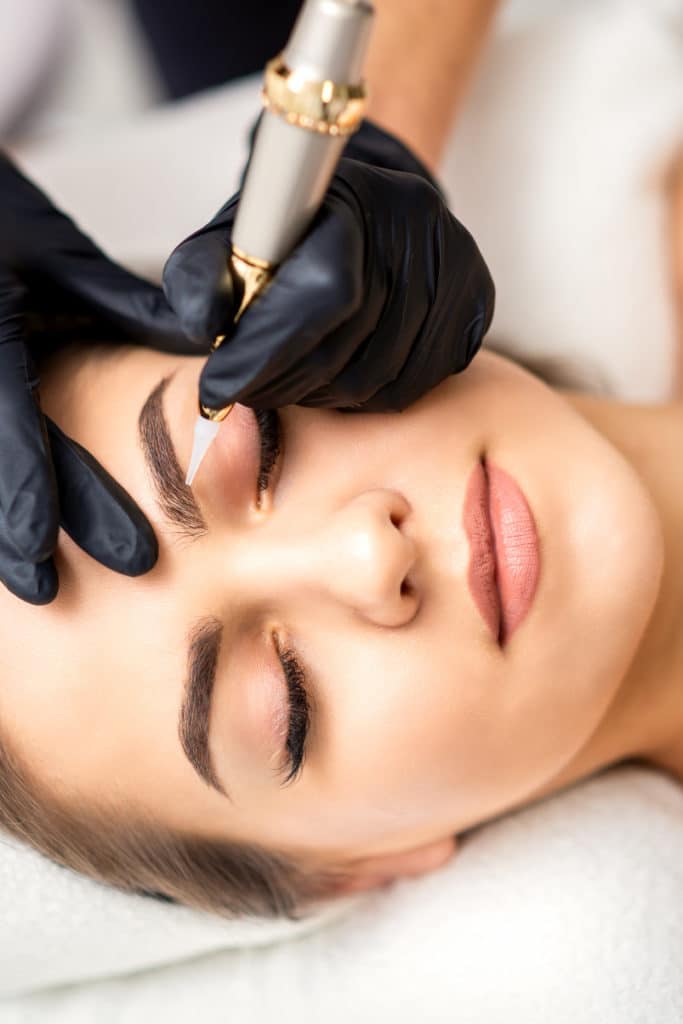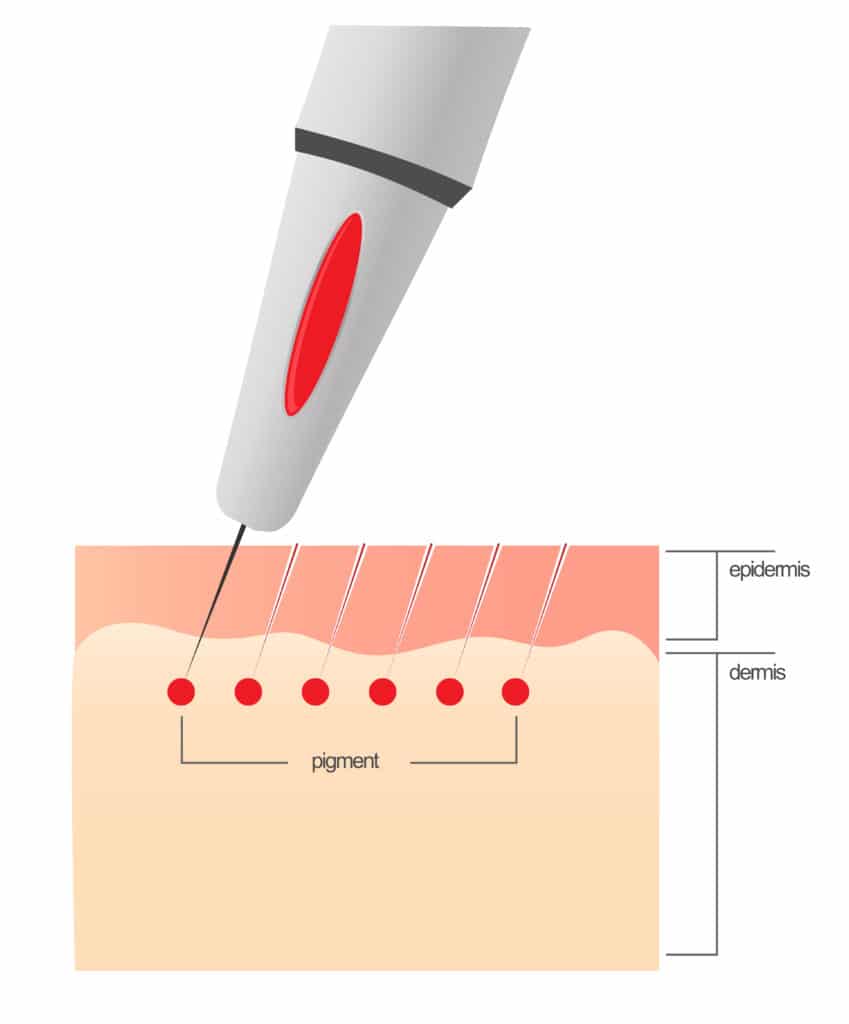Permanent Makeup Numbing Creams

As permanent makeup becomes ever more popular, so does the need for permanent makeup numbing creams. There can be quite a bit of pain associated with permanent makeup procedures. Because there is associated pain, many practitioners use permanent makeup numbing creams on their patients prior to the procedure. Most numbing products used for permanent makeup procedures include one of the three active pharmaceutical ingredients (API’s), benzocaine, lidocaine or tetracaine. All three API’s most commonly included in permanent makeup numbing creams have the same basic mechanism of action. This mechanism of action is, blocking neuronal impulses of pain from the localized area that send signals to the brain. The permanent makeup numbing cream API’s block the pain signal at the immediate source.
What is Permanent Makeup?

Permanent makeup is a cosmetic technique which employs tattoos (permanent pigmentation of the dermis) as a means of producing designs that resemble makeup, such as eyelining and other permanent enhancing colors to the skin of the face, lips, and eyelids. It is also used to produce artificial eyebrows, particularly in people who have lost them as a consequence of old age, disease, such as alopecia totalis, chemotherapy, or a genetic disturbance, and to disguise scars and white spots in the skin such as in vitiligo. It is also used to restore or enhance the breast’s aureola, such as after breast surgery.
Most commonly called permanent cosmetics, other names include dermapigmentation, micropigmentation, and cosmetic tattooing, the latter being most appropriate since permanent makeup is, in fact, tattooing.
Best Numbing Cream Formulations
What makes one permanent makeup numbing cream more effective than another is the formulation. Those formulations that include ingredients known to help the API penetrate the skin are known as drivers. The most commonly known to be safe and effective are:
- MSM
- Ethoxydiglycol
- Propylene glycol
- Isopropyl Myristate
- Urea
- Liposomes
When one or more of these ingredients is included in permanent makeup numbing creams, they have a higher degree of skin penetration. This is important because the layers beneath the top layers of skin are where the nerves are located. The API must reach the nerve to do its skin numbing job.
Ideal pH for Numbing Creams

The pH of an appropriate topical anesthetic cream for permanent makeup artist use takes into account two things: first the pH of the skin and second a neutral pH that will not cause irritation due to high acidity or alkalinity. The skin has a pH of about 5.5. When the pH is close to this slightly acidic level, it will absorb more. On the other hand, a neutral pH of between 6.8 – 7.4 will tend to produce fewer instances of skin irritation compared to those that are higher or lower. There are ingredients called drivers that help with the penetration. Therefore, one that is formulated at a neutral pH combined with drivers, should provide the best in terms of safety and efficacy.
While there are some products on the market that tout their formulations as specific to permanent makeup , the fact is, any topical anesthetic that is properly formulated to numb the skin for other needle procedures will be the most effective. Appropriate formulation means, one that has a pH that is neutral or slightly acidic. The skin has a pH of approximately 5.5 %. At a similar pH absorption of the active pharmaceutical ingredient (API) will be higher and faster. When the product has a pH that is neutral or near neutral (between 6.8 and 7.4), it will have a lower risk for causing skin irritation compared to those with pH levels that are much higher or lower. An effective anesthetic cream for permanent makeup will include a formulation designed to speed onset, improve penetration of the API, have an appropriate pH and have sanitary packaging to limit the risk of cross-contamination derived from the use of product supplied in multi-use tubes and jars.
Sanitary Topical Anesthetic Cream
Another important factor in determining the most appropriate topical anesthetic cream for permanent makeup artist use is, is the product fresh and sanitary. When supplied in sanitary, single-use packets, you can be assured that the product is both fresh and sanitary. When the product is supplied in multi-use tubes or jars, the same will not apply. Always choose an effective product that is supplied in the form that ensures maximum strength (not oxidized from reopening) and sanitary (free from contaminants that can enter from reopening).
Creating an aseptic treatment area can also reduce any adverse event (bad side effects) risks. Those permanent makeup numbing cream products that are supplied in single-use, sanitary, metered dosed packets can help to reduce the risk of cross-contamination relevant to multi-use jars and tubes that are reused and reopened, which may allow contaminants to enter and be passed on to other clients. Choosing the appropriate permanent makeup numbing cream is important for good outcomes. The comfort of the client will naturally produce more positive outcomes combined with improved client experience and procedural precision.

